The subject is recorded simply as Mr Laing (or Laine, the writing is not clear) and has never been identified. So I set out to find who this dapper young sportsman really was, and why he should be holding a racket.
The first thing to establish was that he was not actually a tennis player. Lawn tennis had yet to be invented, while the only real (or royal) tennis court in Scotland at the time was at Falkland Palace in Fife.
Less well known is the fact that Edinburgh had a thriving racket court in the city centre. It had been established as a fives court in Rose Street around 1800 by John Hallion, who ran the adjoining tavern and also used it to stage cock fights. The court continued in operation throughout the 19th century, subtly changing use from fives to rackets, and in the 1840s was leased by a Mr Wilson. As the advert below shows, he aimed it at the city's well-to-do, and even employed a professional for tuition.
As with many recreational sports, there were virtually no reports of matches in the daily papers, but regular adverts show that rackets was popular among young men in Edinburgh at the time. The Rose Street court even attracted royal patronage, as in 1864 Queen Victoria's second son, Prince Alfred, played a game of rackets there and was hit in the eye by a ball.
It would appear, therefore, that Mr Laing is not a tennis player after all, but a rackets player.
There is, incidentally, another photograph of him, held at Glasgow University Library, which shows him in a different profile with outstretched arm. He is again holding the racket in an unnatural position, too far up the handle, but that can be explained by the requirement to keep still for a long exposure. The metal frame which helped to hold him steady has been painted out, but the telltale shadow is clearly seen. Even so, the smart sporty outfit makes him look quite the young athlete!
John Laing was born in February 1821 (two months before Adamson) and brought up in the city. Although I have not yet found where he trained as an artist, by 1846 he was in business and advertised his studio at 5 Calton Hill, just a few yards from Adamson's studio at Rock House:
While these connections alone do not confirm Laing's identity as the man in the photo, there is a further link. After Adamson's early death in 1848, Hill continued the business and at the 1851 Great Exhibition in London's Crystal Palace, he showed off the calotypes of Newhaven he had taken with Adamson. In the very same room, John Laing had an exhibit of his own, as this cutting from the Edinburgh Evening Courant (6 May 1851) shows:
In the 1850s, Laing's art and design business continued to thrive and he opened two shops, at Leith Street Terrace and in Baxter's Place at the top of Leith Walk, while retaining his studio in Calton Hill. He had married Susanna Bryce in 1845 and they had eight children including Thomas who became town clerk of Leith.
But disaster struck when Laing was diagnosed with diabetes, a disease which then had no known cure or treatment. After suffering for over a year he died at home on 23 September 1858 and is buried in Warriston Cemetery.
As yet there is no conclusive evidence which confirms John Laing as the holder of the racket. But the available clues, including his close connection to the photographers and their studio on Calton Hill, point strongly to the painter as the likely subject.
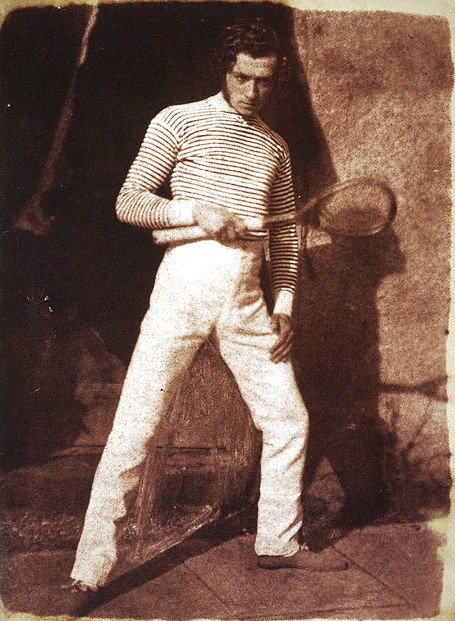
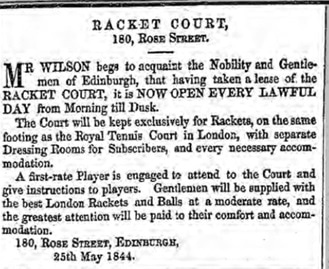
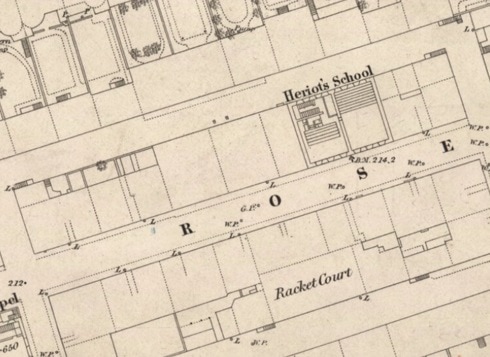
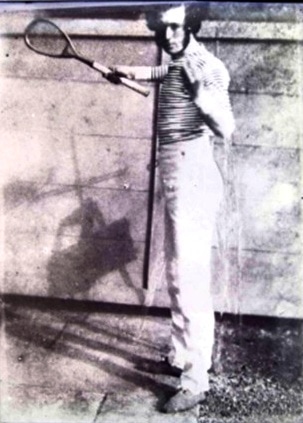
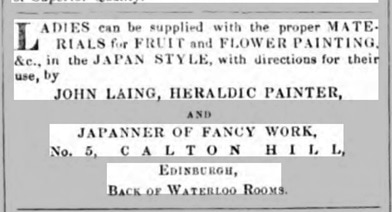
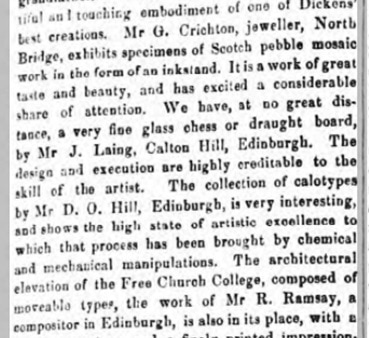
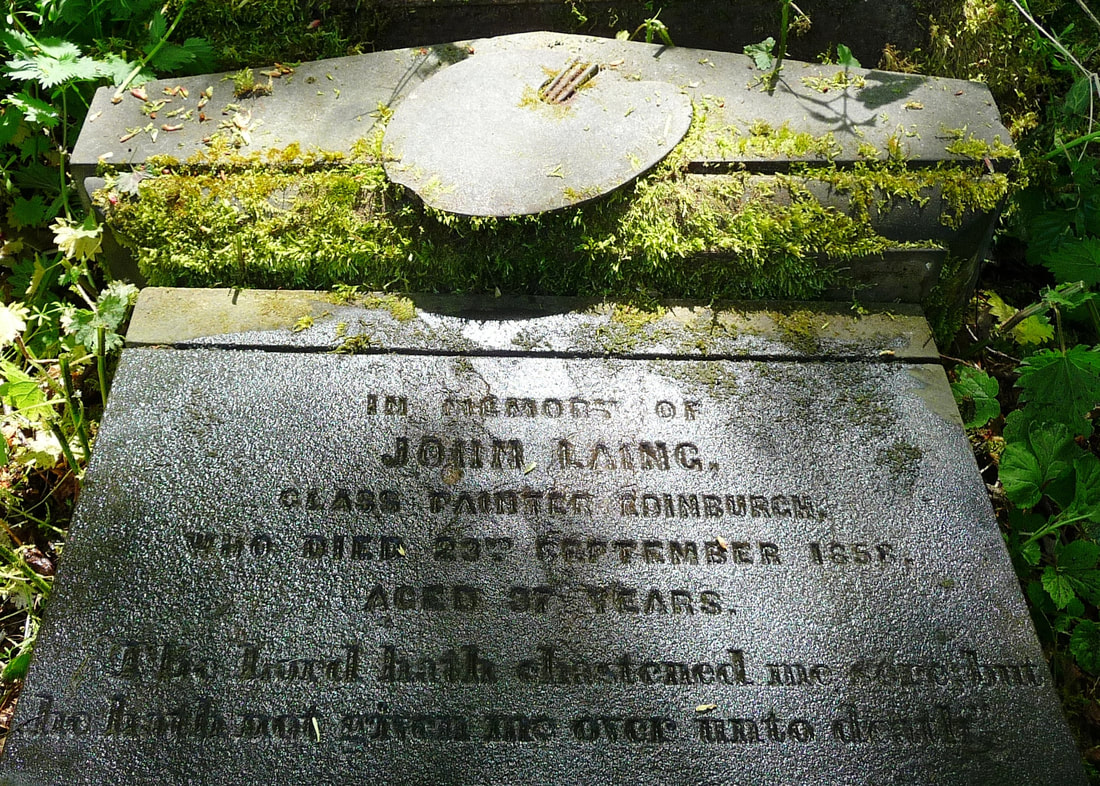
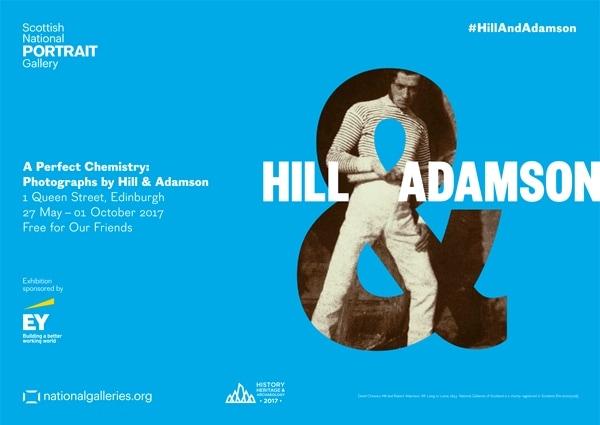
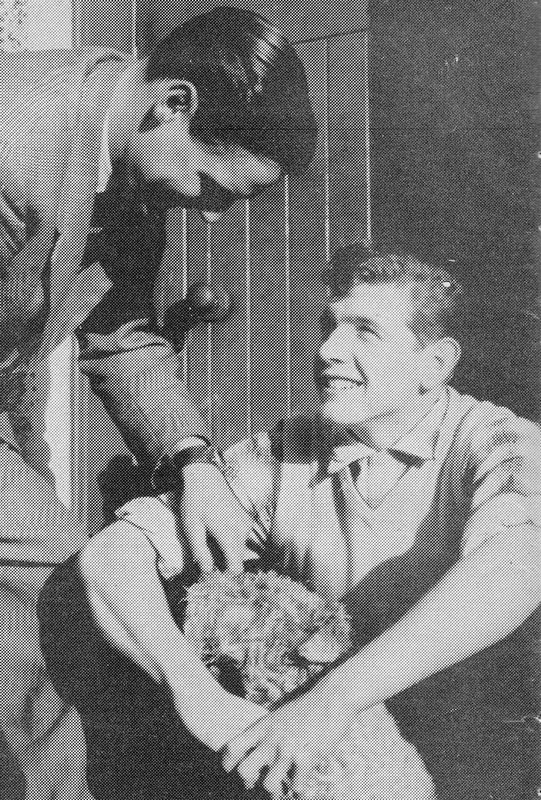
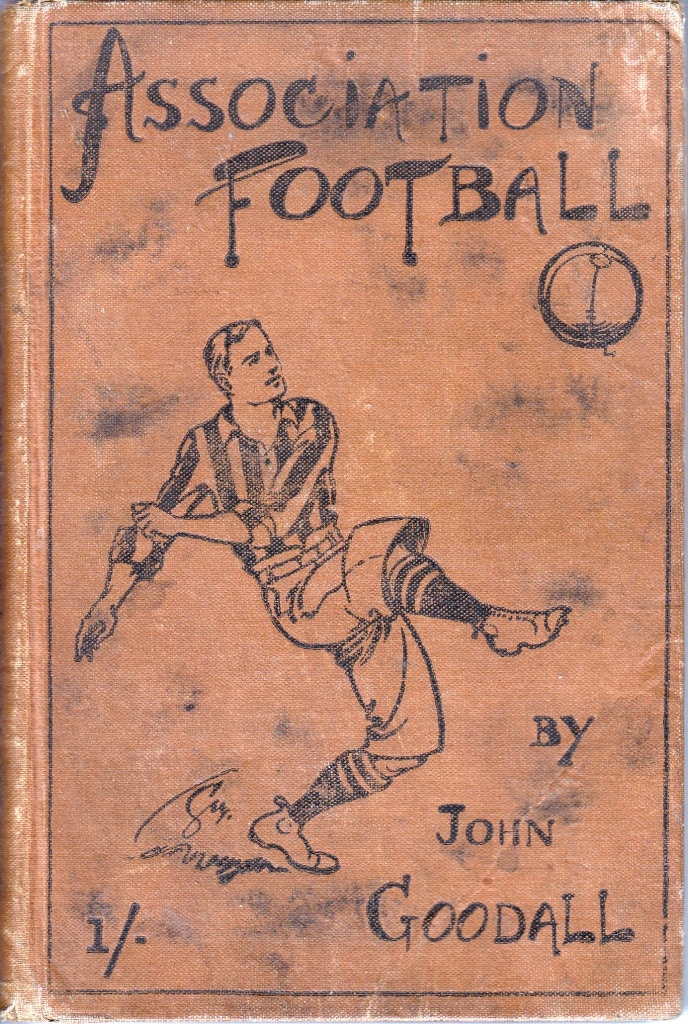
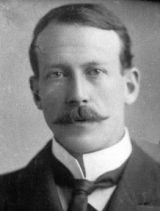

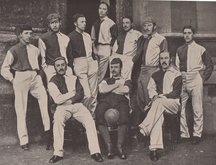
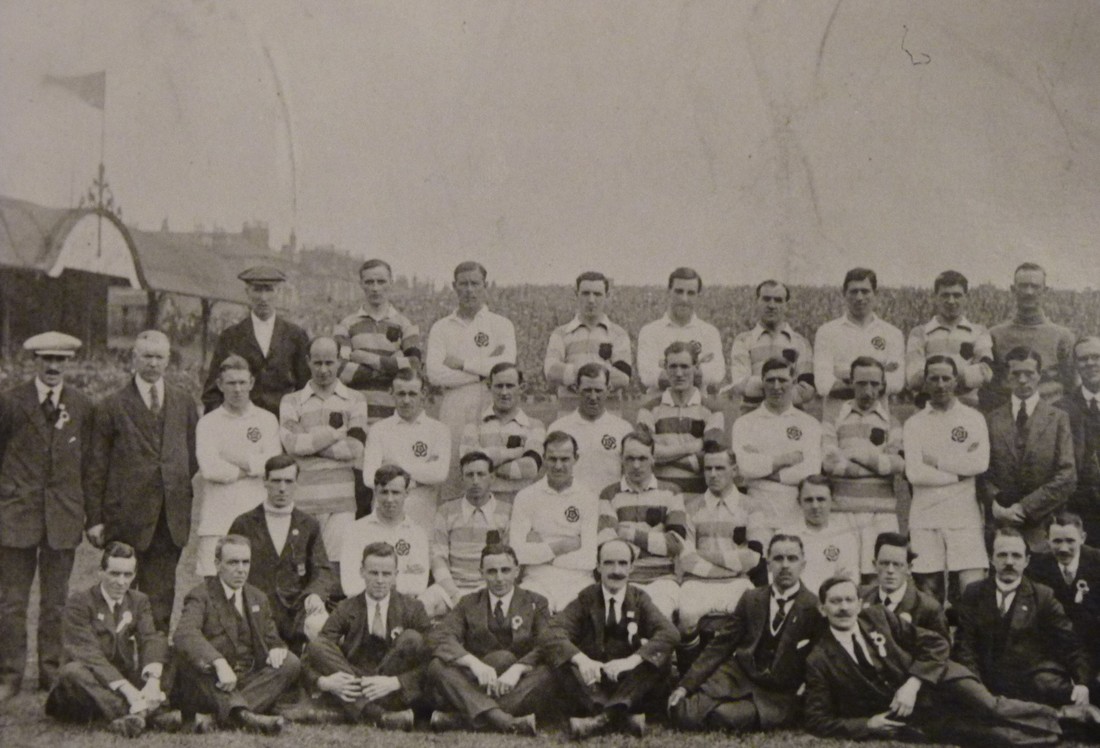
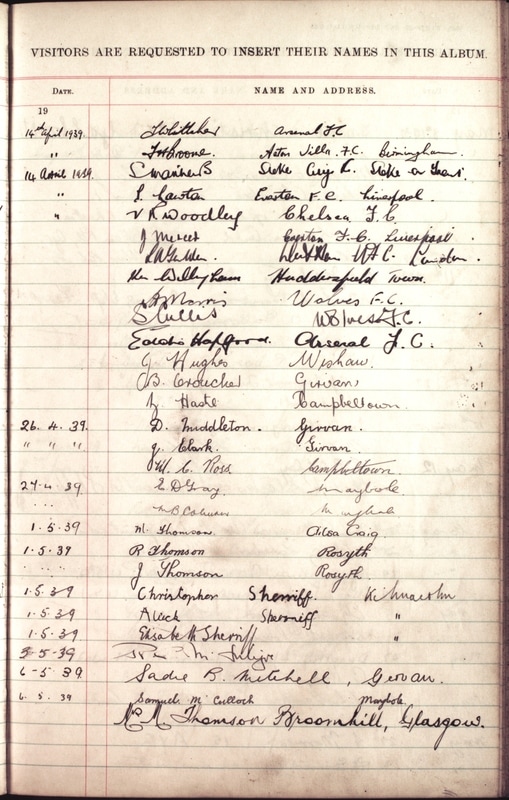
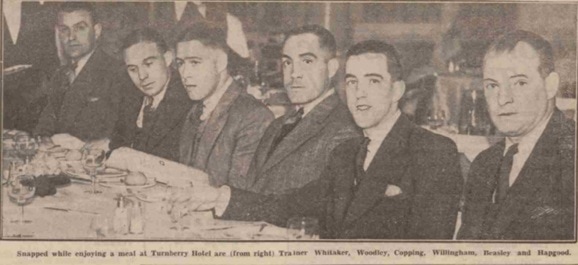
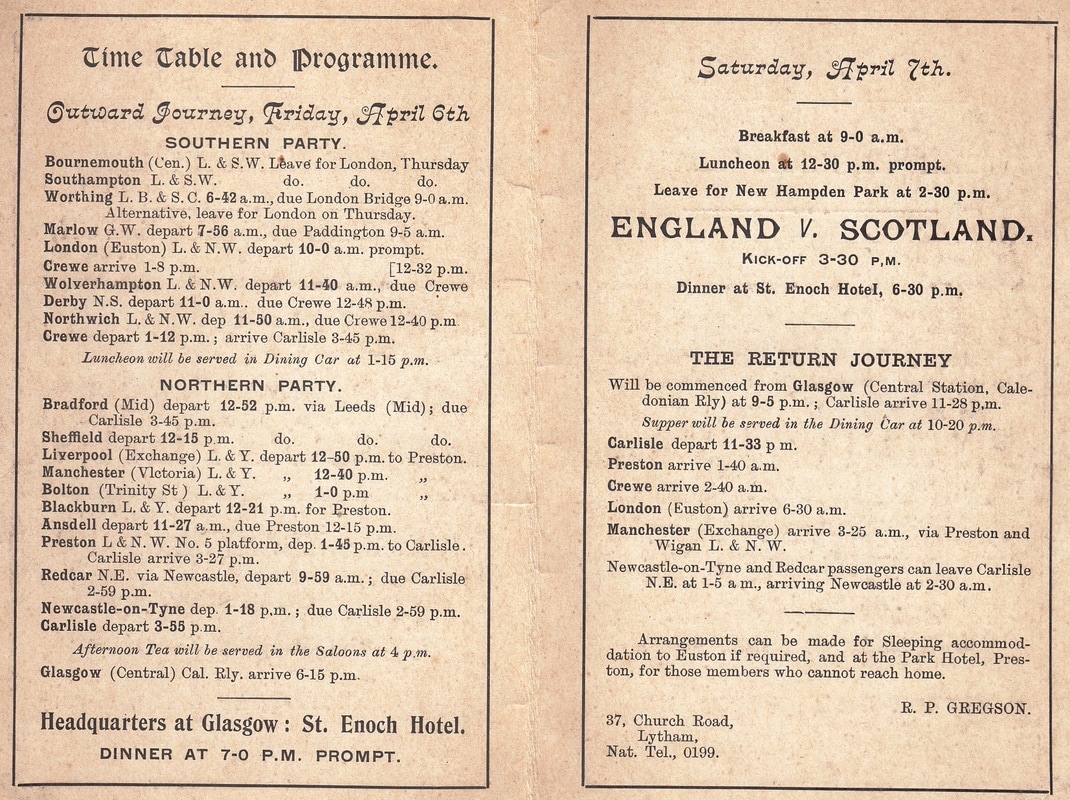
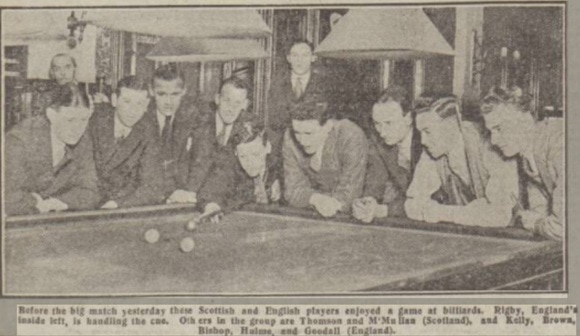
 RSS Feed
RSS Feed